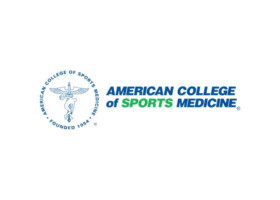
Authors:
Yi-Meng Yen, Brett Cascio, Luke O'Brien, Steve Stalzer, Peter J Millett, J Richard Steadman
Abstract:
Many patients and providers think of arthroplasty as the only surgical option for the treatment of osteoarthritis of the knee. However, there are several other surgical options for osteoarthritis which can be therapeutic alternatives. Contemporary options include (i) arthroscopic debridement or lavage, (ii) marrow-stimulation techniques, such as microfracture, (iii) periosteal or perichondral grafting, (iv) autologous chondrocyte implantation, (v) osteochondral autograft transplantation, and (vi) osteochondral allograft transplantation.
Each technique offers its own advantages and disadvantages, but there are very few controlled comparative clinical or basic science studies. In the setting of osteoarthritis with full-thickness chondral lesions, there is still debate concern- ing optimal treatment options.
This review outlines the basic science, approach, and technique of microfracture as well as patient results and rehabilitation protocols in the treatment of osteoarthritis. We prefer this technique to other forms of treatment for several reasons: (i) it is a one-stage procedure that is not as technically demanding as other techniques, (ii) it has a successful, well-documented track record with equal if not better efficacy when compared with other cartilage repair techniques, and (iii) it is inexpensive and can be done as an incidental procedure when articular defects are recognized during other surgeries. Although microfracture does regenerate hyaline-like tissue, the regeneration of true hyaline articular cartilage remains elusive in all surgical techniques that are currently available. We will continue to use micro- fracture for the treatment of full-thickness articular cartilage defects until a more reliable treatment option is found.
For the complete study: Treatment of Osteoarthritis of the Knee with Microfracture and Rehabilitation
